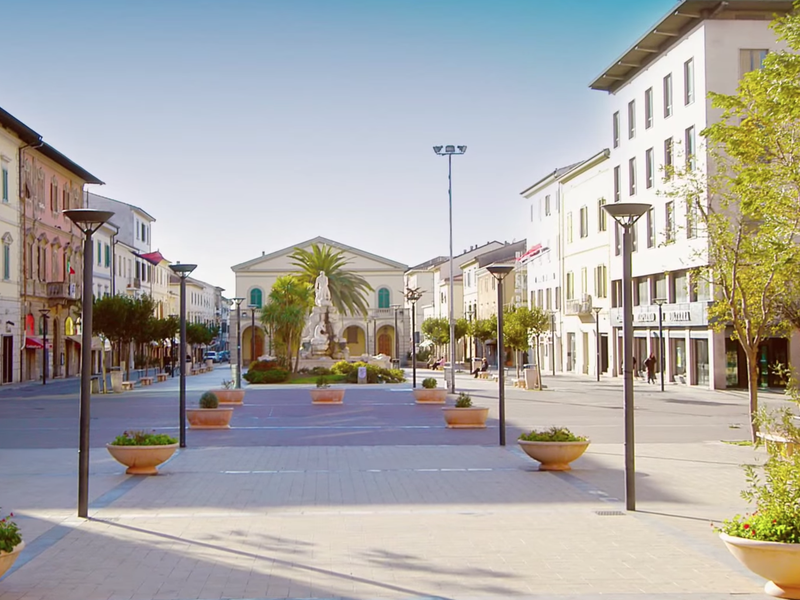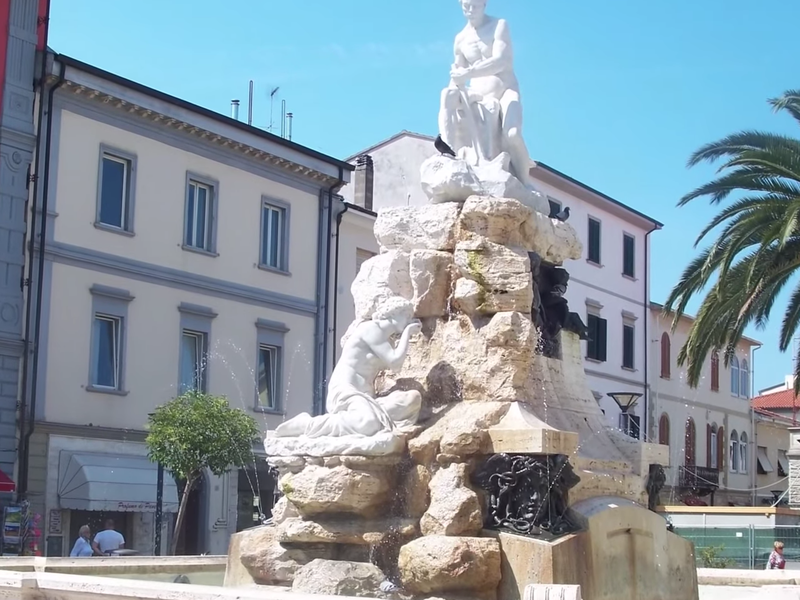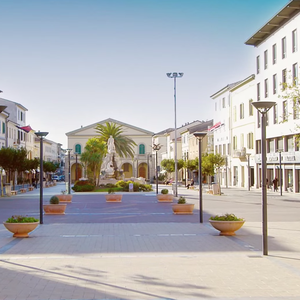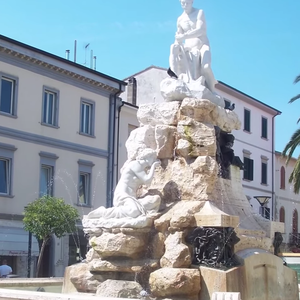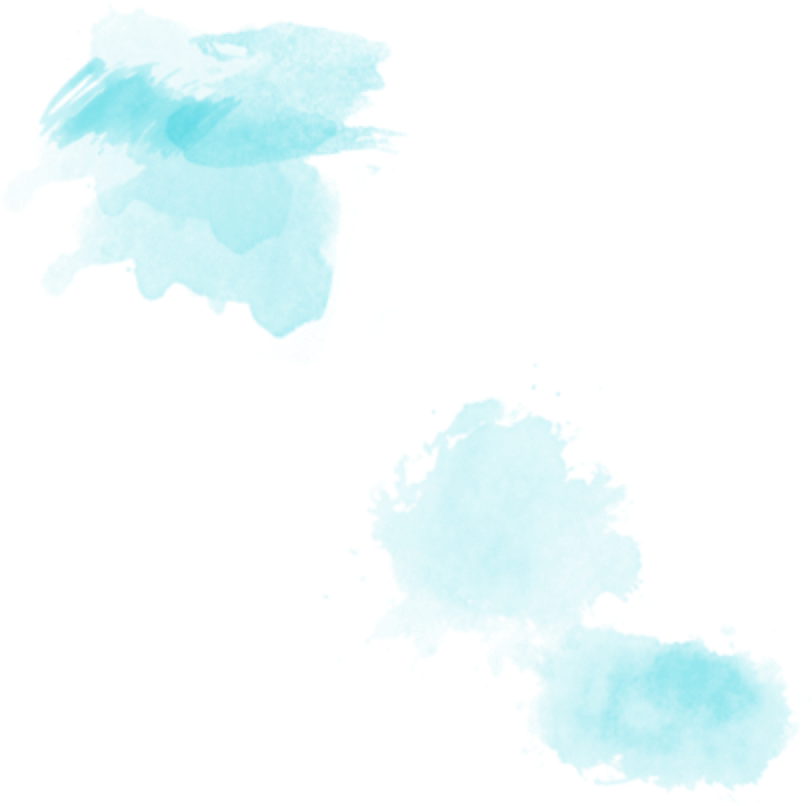
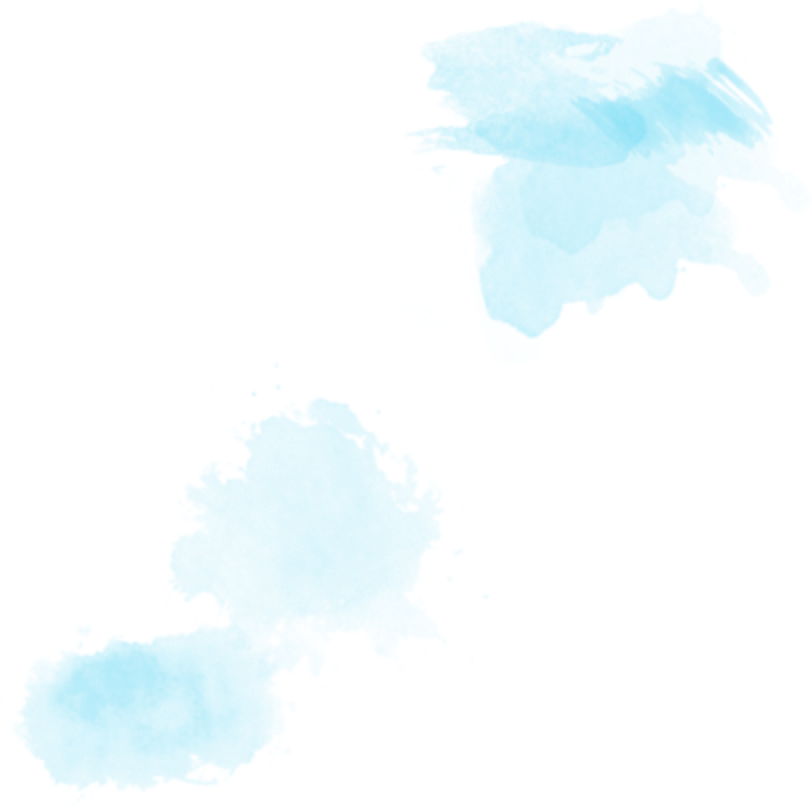

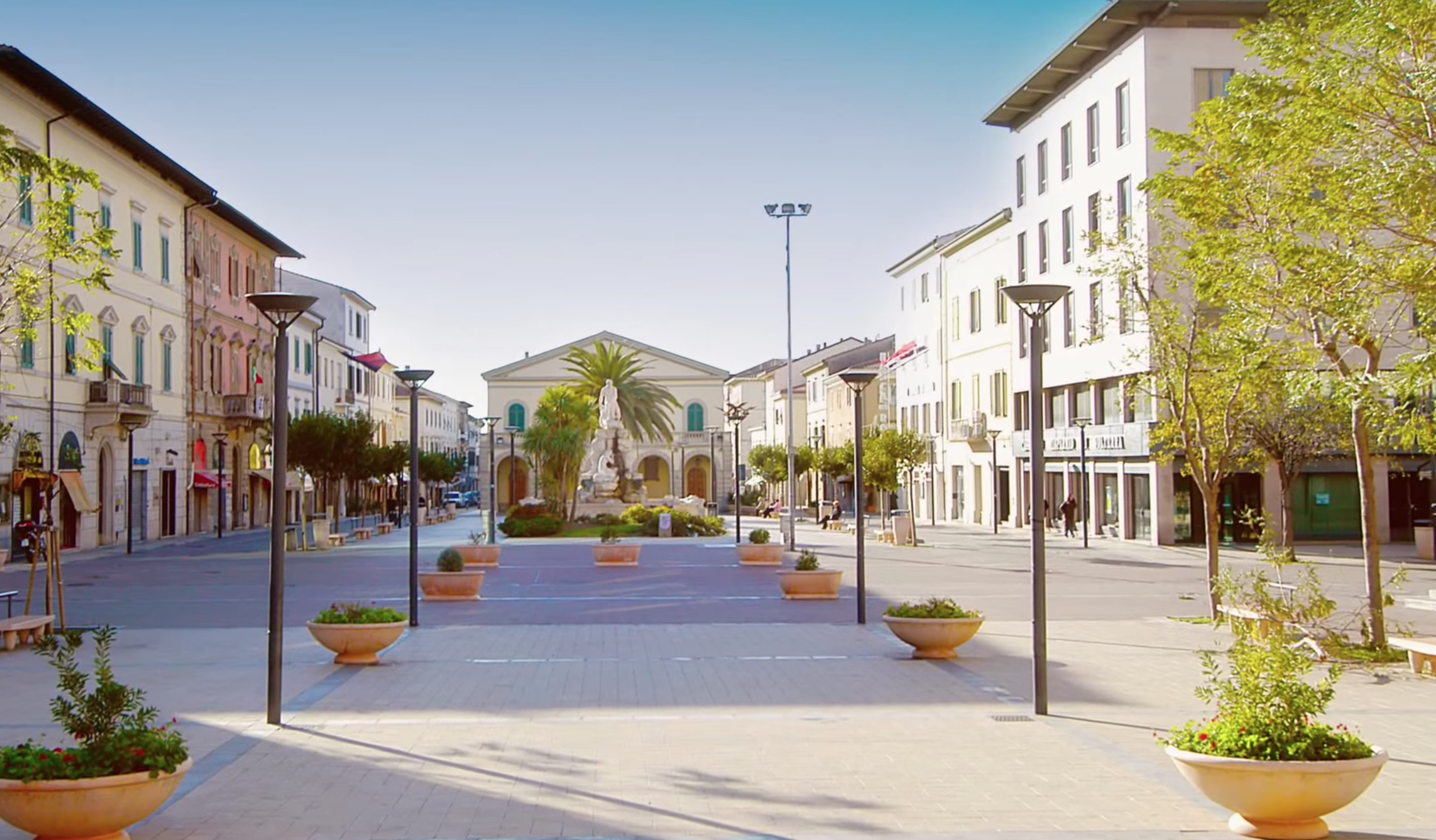
Cecina
The municipality of Cecina appears as a rather modern settlement. A place lacking those material and architectural signs characteristic of the surrounding villages.
The same error of judgement that many people make when they first visit the municipality of San Vincenzo is repeated when walking through the streets of Cecina. But as in the case of San Vincenzo, Cecina's history is one of the oldest on the Etruscan Coast.
The archaeological park, where the remains of the Villa of San Vincenzino are located, and the Archaeological Museum of Cecina, are two places to visit in person to understand how rich and articulate the history of those who inhabited the Cecina river valley from the Palaeolithic to the Roman age was.
The Villa di San Vincenzino is located in a panoramic position, not too far from the sea, and can also be reached on foot from the railway station. Its first building dates back to the 1st century B.C., when, in the late Republican age, a system of villae, farms and small craft settlements belonging to wealthy owners from Rome settled in this area of Etruria. The villa was inhabited by the Ceacina family, such as Decius Albinius, prefectus urbi (414 A.D.) in the reign of Honorius. One of the most impressive sights to see is the large outdoor cistern. A 3D film helps visitors get an idea of what the Roman villa must have looked like during the various eras.
The place name Cecina, derives from Kaikna, the same powerful family that in Ancient Rome was called Caecina, and in some periods ruled over the capital of the Empire.
At La Cinquantina, inside Villa Guerrazzi is the Cecina Archaeological Museum. It contains various finds of unique beauty. Excavation work carried out at the settlement and necropolis of Casale Marittimo has unearthed unique finds that highlight the prestigious and wealthy role of the Etruscan warrior princes. These finds can be admired in the display cases in the museum. Like other precious objects found in the excavation campaigns carried out along the Cecina river valley.
With the decline of the Roman Empire, the settlement was inexorably reduced. Excavations carried out in the sector south of the Villa di San Vincenzino uncovered a necropolis dated around the 7th-9th century, uncovering around one hundred burial mounds. It is presumed that they belonged to a small village settled near a religious building dedicated to Saints Peter and John of Paratino.
The hilly terrain and the absence of the unhealthy marshes favoured, during the late Middle Ages, those centres located some distance from the sea and the danger of possible plundering. Charming villages such as Casale Marittimo, Guardistallo and Montescudaio were born around the year 1000 protected by their mighty walls. And Cecina remained an abandoned heath.
The first noteworthy construction was ordered in 1590 by Ferdinando I, who had the 'Fitto di Cecina' built, a palace used to administer the Grand Ducal lands. The reclamations initiated by Grand Duke Leopold II of Tuscany (19th century) started the social and economic processes necessary for the formation of today's municipality of Cecina.


